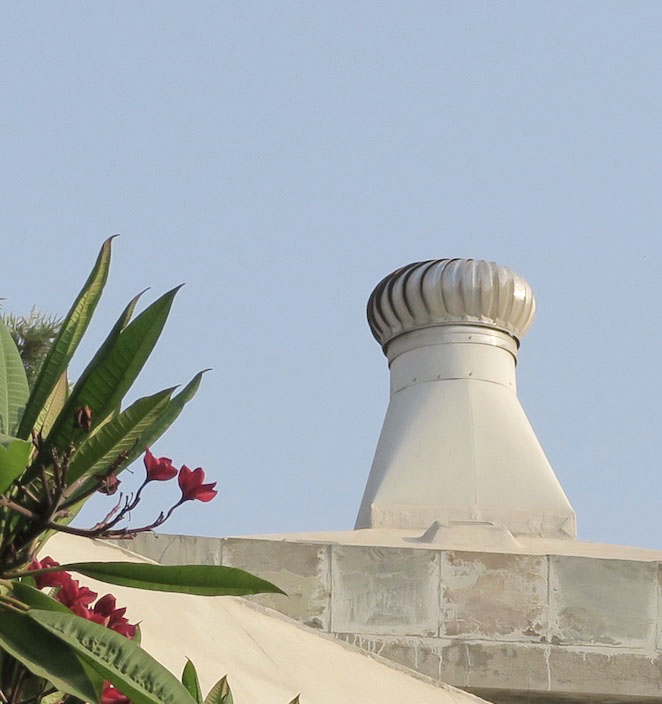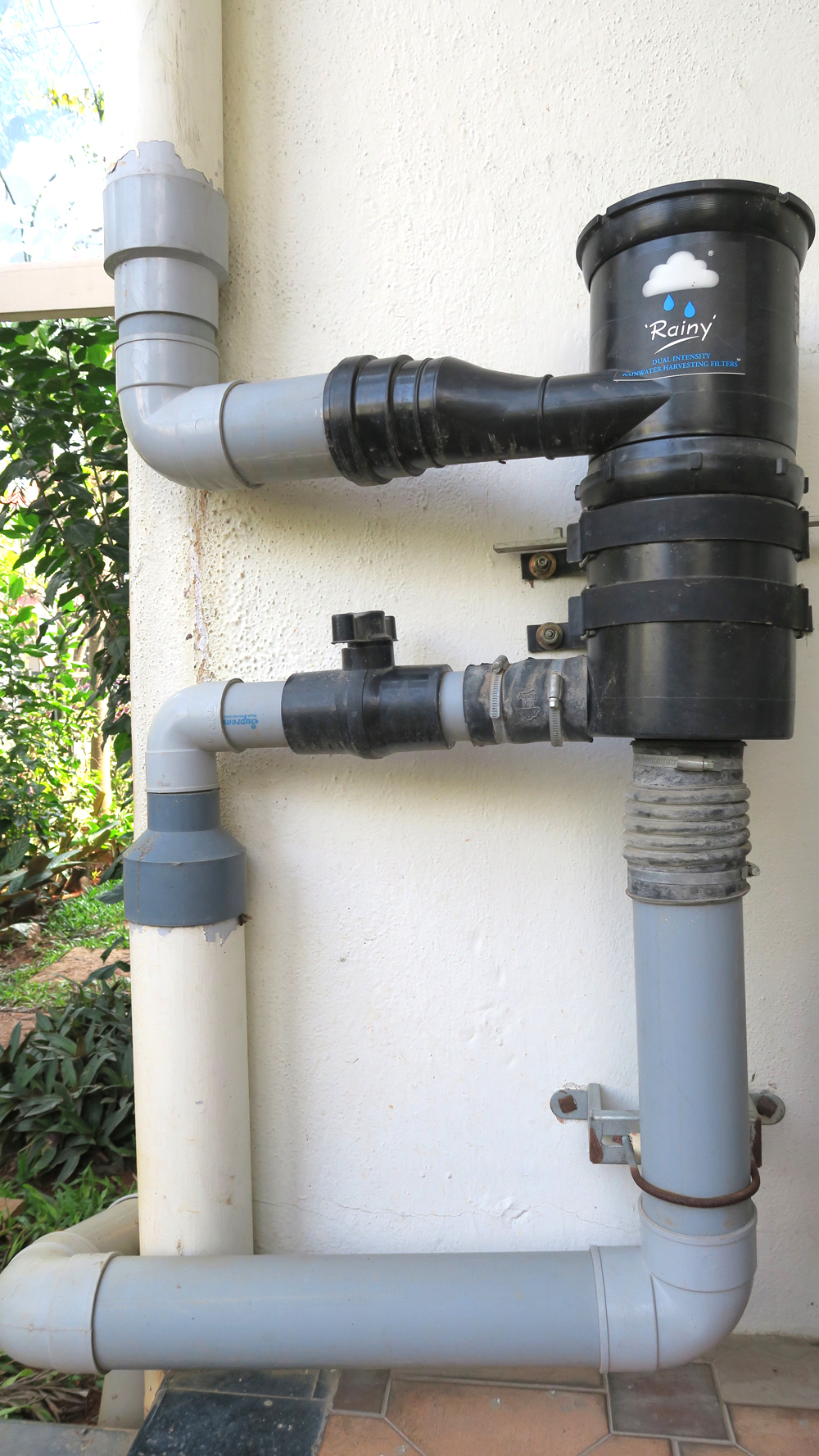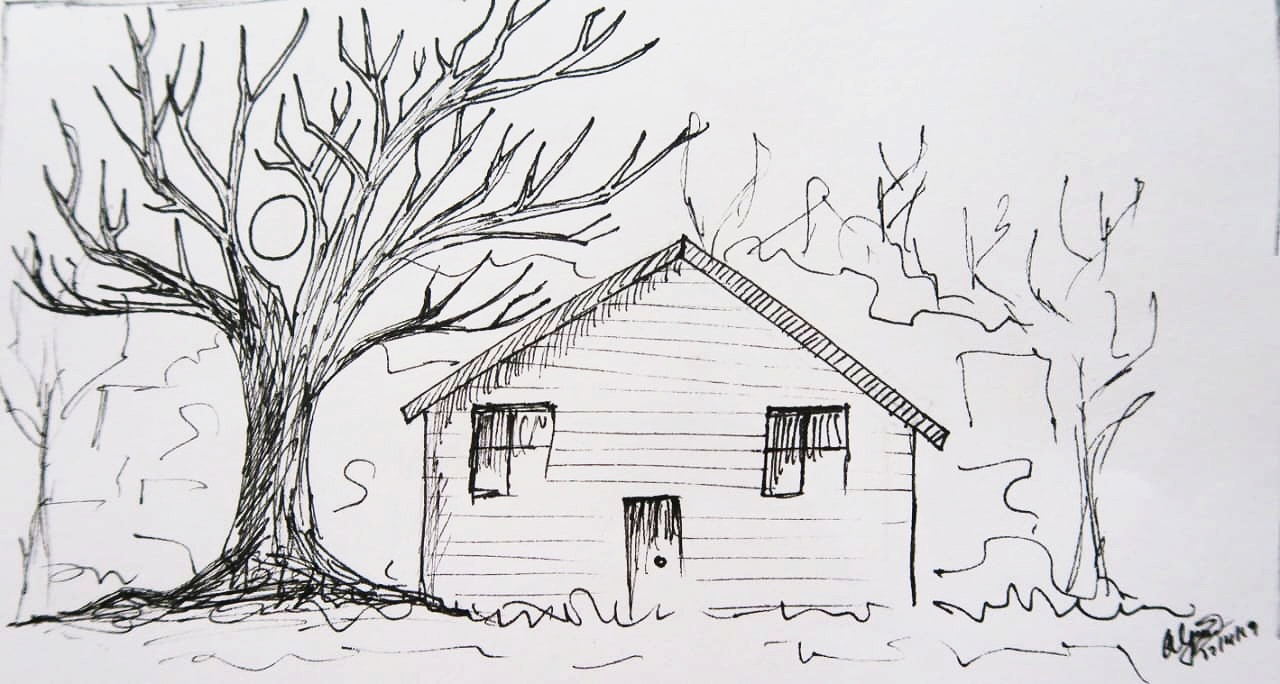Summer temperatures are soaring. The heat gets oppressive to a point where the increase in the ceiling fan speed cannot bring relief and we turn to the air conditioner. The latter is a costly option with significant initial investment and leads to an inflated electricity bill. Is there an alternate solution? Can we approach the problem from a different angle?
More often than not, it is in the planning stage that we need to foresee a problem and avoid it altogether. In this case, it is the house plan that can come to your rescue. In fact, the plan of your house can forecast whether the house will remain cool in summer, warm in winter and protected from the rain when it pours.
Have you ever wondered why, on a summer evening, it feels hot and stuffy inside the house but pleasant outside? Is there a way we could bring the outdoors indoor? A few design tricks in the house plan can accomplish this. The air inside the house gets trapped and the more ventilation we can provide, less stuffy the rooms become. A simple ground rule is to provide doors and windows on two opposite walls of a room such that they align with each other in a manner as to allow air circulation. If windows and doors of the rooms from one end of the house to the other can align, it is the best for ventilation. This will ensure free flow of air from outside through the entire house. If a room layout does not allow one to align doors and windows on opposite walls, one should at least keep windows on adjacent walls that open to the outside.

Another smart design element is to fix a roof ventilator at the highest point in the house. A roof ventilator is a cylindrical fan with vertical blades. It needs no electricity and rotates noiselessly expelling the hot air continuously throughout the day. This is a common fixture in industrial buildings and sheds. It is best if the house could be designed in a way that the fan is atop the living areas such that air from all/most of the rooms can flow towards the fan when all doors are kept open. This will ensure that the hot air rises and gets expelled so that cool air can flow in through the windows. This simple installation can help lowering the temperature.
The efficacy, of course, varies from place to place depending on local climate parameters such as humidity, amount of tree cover etc. In Bangalore, where I live, the roof ventilator it is quite effective. If a roof ventilator cannot be installed, one can fix a high capacity exhaust fan on the wall at the highest point in the house. Every night, if the fan is switched on for fifteen minutes, the temperature inside the house will come down and a pleasant night’s sleep can be ensured.
Monsoons are much awaited in India. It lowers the temperature and irrigates the paddy fields bringing relief to the farmers. How does your house greet the rain? Is the balcony door getting spoilt by the rain water hitting it? While planning your house, it is important to know the direction in which the rain appears in your place. In my city, for example, the rain comes from the south side. Therefore, if I plan to have a balcony on the south, I need to ensure that the width of the balcony or a vertical overhang protects the door from the water directly hitting it and dampening the wood. Additionally, ensure that thorough water proofing is done for the terrace floor. Of course, don’t forget to install your rainwater harvesting system so that water that flows down the terrace drain does not go down the drain after all! Check out our articles on “Three Steps on Water” and “Let Bangalore Not Go The Cape Town Way” and take an informed decision.


If you live in a house with bedrooms on all four sides you would notice how some rooms are warm in winter while some are unpleasantly cold. This is governed by the direction in which the sunlight hits the room. If you stay in the northern hemisphere, you will see the Sun traverse the southern sky in winter.
Accordingly, in winter, a room with a south facing view will be warm while a north facing room will be cold. If you can plan your house such that the bedrooms are in the southern side of the house, you can be assured of a comfortable winter! If you don’t own an independent house and stay in an apartment, be careful when you choose your apartment. If your apartment opens up only to one or two sides, try to get the one with the south open. In the southern hemisphere, the direction reverses with the winter Sun appearing in the north. So, the wise house plan changes alignment as one travels from north to south or vice versa!
If you stay in a relatively warm place, avoid windows or exposed walls on the west. The west Sun can be pretty hot and leads to hot walls in the evening leading to unpleasant summer nights. Guarding the west wall with a balcony or a green cover is a wise option. If you stay in a relatively cold place, embrace the west and plan your windows so as to grab as much afternoon Sun it can.
Which way does the ideal bedroom face? in the northern hemisphere, it is south-east in a warm place and south-west in a cold place. In the southern hemisphere, it is north-east in a warm place and north-west in a cold place. Confusing? Well, just ignore this and trail the Sun; you will know.
Ready to take those three steps inside the house?
Focus on natural ventilation, be wise with rain water, follow the Sun trail
This reminds me of the rhyme my primary school teacher wrote in my autograph book:
Whether the weather is good
Whether the weather is bad
We’ll all weather the weather
Whether it is good or bad
Surely, our houses can weather the weather if we are weather wise.
Acknowledgement: Art work, used in this writeup, is created by Ananya Giri, inspired by Leonid Afremov and others

